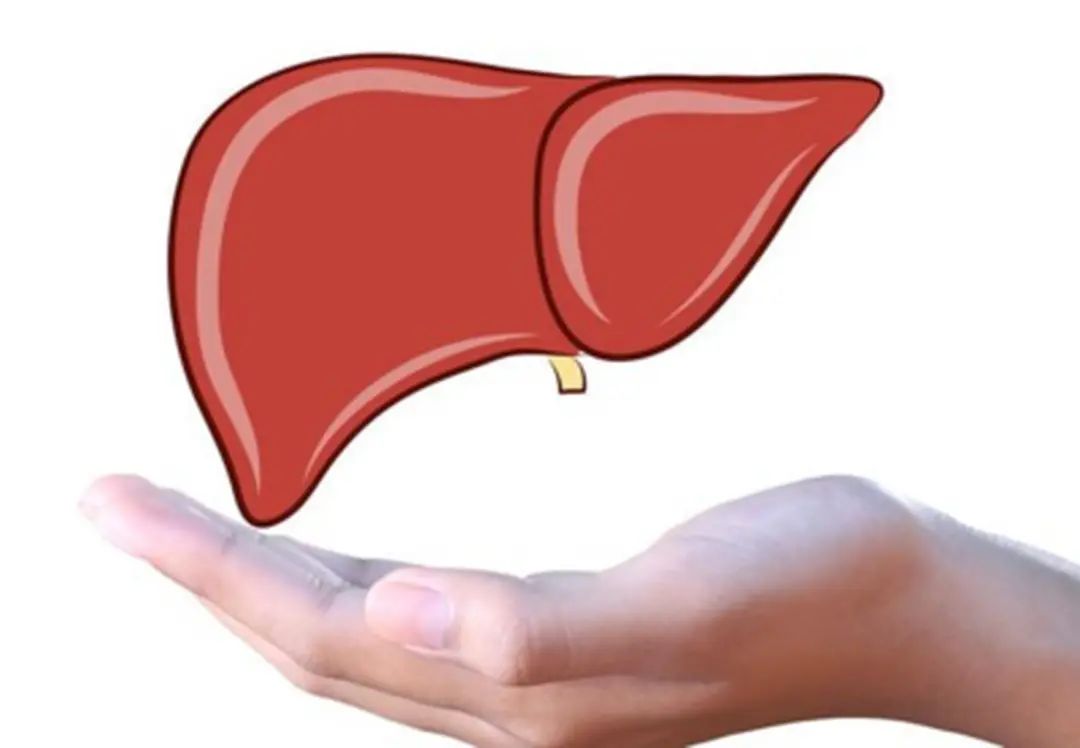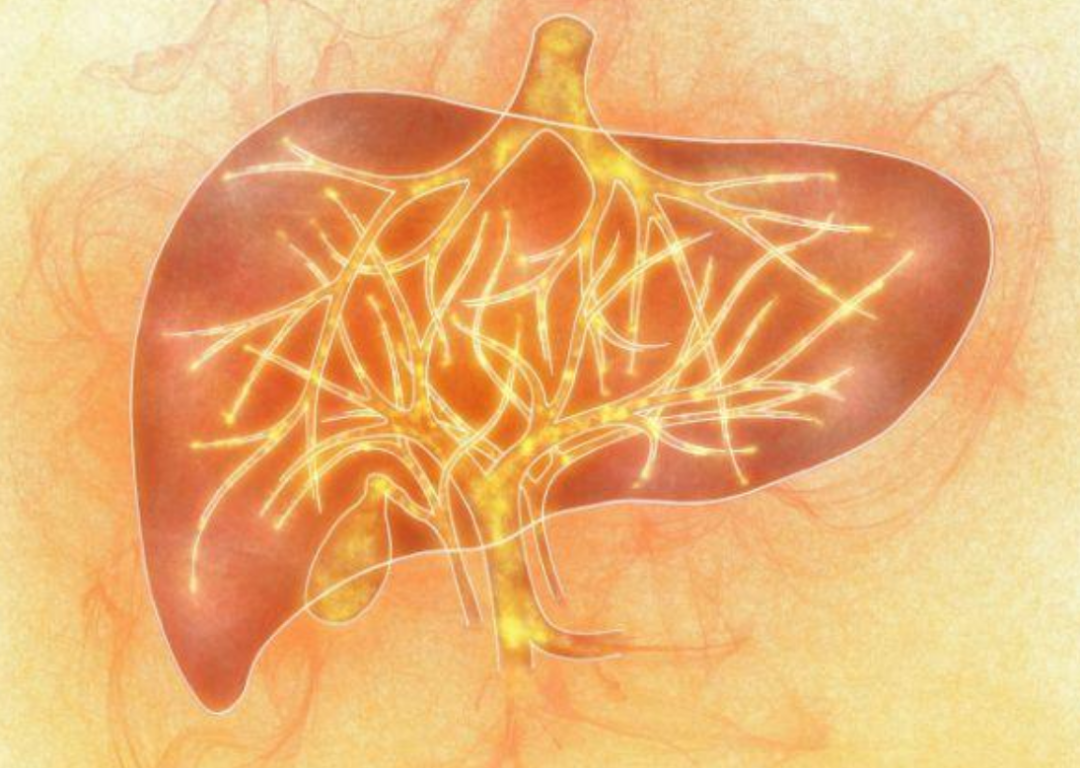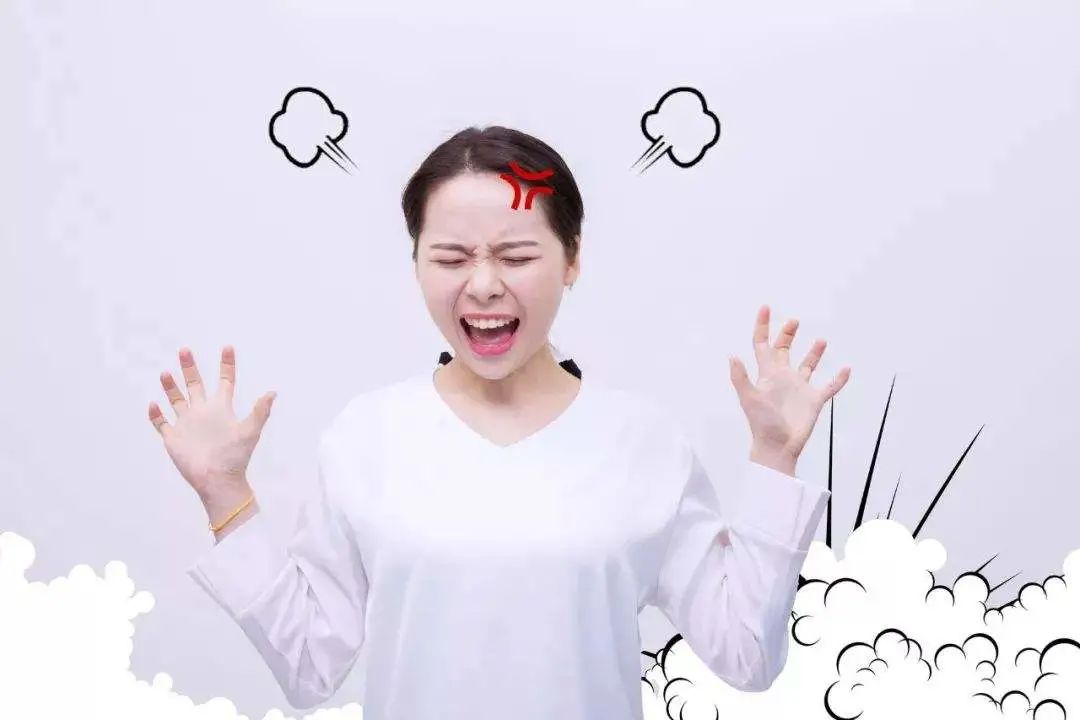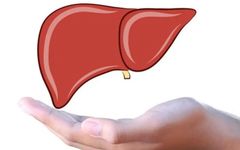Recently, many people have been asking me why they often feel a sense of heaviness in their chest, are prone to anger, and experience dizziness, headaches, and red, swollen, painful eyes when they get angry. They wonder what causes this and if there are any methods to alleviate it without medication. In TCM terms, this condition is considered a manifestation of **gan qi yu zhi** (liver qi stagnation). Today, I will teach you 5 acupoints that can help soothe the liver and relieve depression without spending a dime.

When it comes to TCM formulas for soothing the liver and relieving depression, we often use **Longdan Xiegan Wan** (Gentian Liver-Draining Pill). This formula has a simple composition, where **Longdan Cao** (Gentian) and **Chai Hu** (Bupleurum) help to soothe the liver and relieve depression; **Huang Qin** (Scutellaria), **Zhi Zi** (Gardenia), **Ze Xie** (Alisma), and **Che Qian Zi** (Plantago) all have the effect of clearing the gallbladder and draining dampness; **Dang Gui** (Angelica), **Di Huang** (Rehmannia), and **Gan Cao** (Licorice) nourish qi and blood. In fact, if we use the acupoints on our body effectively, we can achieve similar results. I will explain this in three parts. The first part is to soothe the liver and relieve depression, corresponding to two acupoints on our body. The first is **Xingjian** (行间), located on the dorsum of the foot, between the first and second toes, at the junction of the red and white flesh. This is our **Xingjian** acupoint. The term **xing** means to walk or flow, indicating that the dampness and wind of the liver channel flow upward from here. Therefore, **Xingjian** is a commonly used acupoint for regulating the liver channel, helping to soothe the liver and drain fire, and is very suitable for those with liver qi stagnation leading to excessive liver fire.

The second acupoint is **Taichong** (太冲), which is also easy to find. Following the direction from **Xingjian**, move upward on the dorsum of the foot until you reach the space between the two bones where you will find a depression; this is the location of **Taichong**. **Taichong** is the source point of the liver channel, and in TCM, it is often likened to a vent for the body, allowing the stagnant liver qi to disperse significantly. These two acupoints for relieving liver stagnation together are equivalent to the effects of **Longdan Cao** and **Chai Hu**. After washing your feet at night, you can press these points; initially, it may be painful, but if you persist, you will find that the area becomes more comfortable, indicating that the liver qi is flowing smoothly, and where there is flow, there is no pain. The second part is to clear the gallbladder and drain dampness, corresponding to the acupoint **Yanglingquan** (阳陵泉). How can we accurately locate this acupoint? You can lie on your side with your knees slightly bent; you will notice a distinct depression on the outer side of the knee, just below the front. The center of this depression is **Yanglingquan**, which treats liver and gallbladder diseases and is an important acupoint for clearing the gallbladder and draining dampness. In addition to pressing this acupoint, you can also use a guasha board to scrape this area to enhance its gallbladder-clearing and dampness-draining effects. The third part is to promote qi and invigorate blood, corresponding to the acupoint **Qimen** (期门). It is located on both sides of the chest and abdomen, four inches from the anterior midline, at the sixth intercostal space below the chest. **Qimen** is the gathering point of the liver channel, where qi and blood converge into the liver channel. TCM believes that those with qi and blood stagnation are prone to feelings of depression and irritability, often sighing. At this time, we can frequently massage **Qimen** by pressing with the palm or thumb, starting lightly and gradually increasing pressure until you feel sensations of soreness, numbness, distension, pain, or heat, then release. Repeat this several times, and as the qi and blood flow smoothly, your mood will naturally improve.

Finally, I will teach you about the acupoint **Zhongfu** (膻中). There is a saying, “When angry, we pound our chest and stamp our feet.” When we are angry, we often feel a heaviness in the chest, as if we cannot catch our breath, and we instinctively pound our chest. After a few strikes, the feeling of chest tightness often alleviates. The **Zhongfu** acupoint is located in the center of the chest. When you are feeling down or angry, pressing here will elicit pain, indicating that your liver qi is blocked. At this time, we can apply pressure to the **Zhongfu** acupoint, aiming for a sensation of soreness, numbness, and distension. Pressing here for a few minutes will significantly relieve feelings of chest tightness and irritability.Note: Some text and image resources in this article are sourced from the internet. The purpose of reproducing this article is to convey more information. If there are any errors in source attribution or infringement of your legal rights, please notify us immediately, and we will promptly delete it and apologize to you.
More exciting content:
1、29-Year-Old Woman Suffers from Insomnia for 5 Years; Doctor States: Eating Too Much of This Vegetable Causes Insomnia
2、Always Waking Up at 3 or 4 AM but Unable to Sleep Again? It May Be Related to 3 Situations; Don’t Take It Lightly
3、Why Are Older Women Prone to Insomnia? It May Be Related to Staple Foods; Knowing Early Allows for Early Adjustment
Tap to see more!

